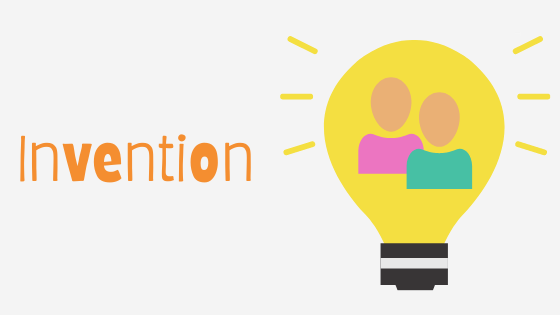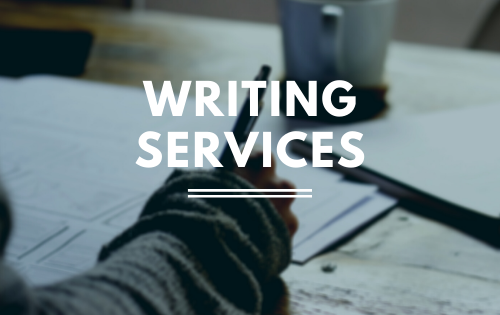-
Showcase Your Invention At An Invention Convention
If you are an invention buff or have already created an invention, the ideal place to show it to others would be an invention convention. An invention convention is a place where hundreds of budding inventors come and display their inventions and share their individual experiences with the interested members of the public. While there are innumerable invention challenges around you, there are equally high numbers of venues where such invention conventions are held.
There are local, state and national contests and conventions where you can enter, provided you follow the norms set by the authorities and come up with a working model of your invention. There are many schools in America where such invention conventions are organized. If you are a school student and wish to hold an invention convention in your school, you could talk to your teacher about it.
While there could be many reasons why invention conventions are held in schools, one of the most important reasons is to foster the development of scientific skills in students enabling them to take up inventions as a challenging hobby or pastime. These events trigger their creativity, increase their analytical skills and enhance their problem-solving aptitudes. Invention conventions offer students the opportunity to display their creative skills and win accolades, which in turn motivates them further as explained on https://www.crunchbase.com/organization/inventhelp.

An Invention convention need not be a large and expensive event. It can be held in a classroom, school, or local community center as a novel science event. More than anything else, participants of an invention convention are encouraged to think deeply about an existing problem and apply their creative skills to solve it. These events also teach students about the steps to follow to make an invention, patent application procedures and the significance of their creations in society at large.
Communication and research skills are also nurtured through participation in events such as these. Students run through several steps before they participate in an Invention convention. Firstly, they learn about several inventors, they locate an idea; they do research and plan their invention after which they develop their own invention and test it for feasibility and modify or alter. Once they have worked out a working model of their invention, they participate in the final event – the Invention convention as shared on https://www.consumeraffairs.com/invention-services/inventhelp.html.
There are multiple benefits which a student can derive from an Invention convention: they start to develop an open and curious mind about the environment around them; they become knowledgeable as they learn as much as possible about the existing problem, the already-patented inventions and inventors. The net result is that these young minds develop a positive, hard-working and problem-solving attitude, which pays rich dividends even later in their lives.
-
Market Assessment For Your Invention
One phase in the invention process that will help you determine the value of your invention idea before you invest lots of time and money is initial market assessment. This initial market assessment should be performed as soon as you solidify your invention idea. This is not a full blown market study or analysis, but the results that you find this early assessment will be very useful as you move your invention through both the invention and commercialization process. There are professional patenting agencies such as Invent Help that will help you out.
This initial market assessment consists of the 4Cs. The 4Cs are:
- Concept
- Customer
- Compensation
- Control
Each “C” is critical, but customer is the most important one. Spend the most time on that one.
The concept should solve a problem. You, as the inventor must have a very clear understanding of the problem that your invention is going to solve. Define the problem in detail. Be as specific as you can.

Define any technical specifications and physical dimensions that you envision at this stage. This information will help you define your customer in the next step. Also discuss your invention’s usability. Is it easy to use? Will it require some prior experience or knowledge to use? These will all be helpful in later stages of the invention process.
All of the answers to these questions may change as you move through the various phases and steps of both the invention and the commercialization processes, but the thought that you put into this now will save you time and money later as explained by the patenting professionals from InventHelp. Changes are much easier to make when your invention is on the drawing board than they are after you realize that no one is buying your first production runs.



